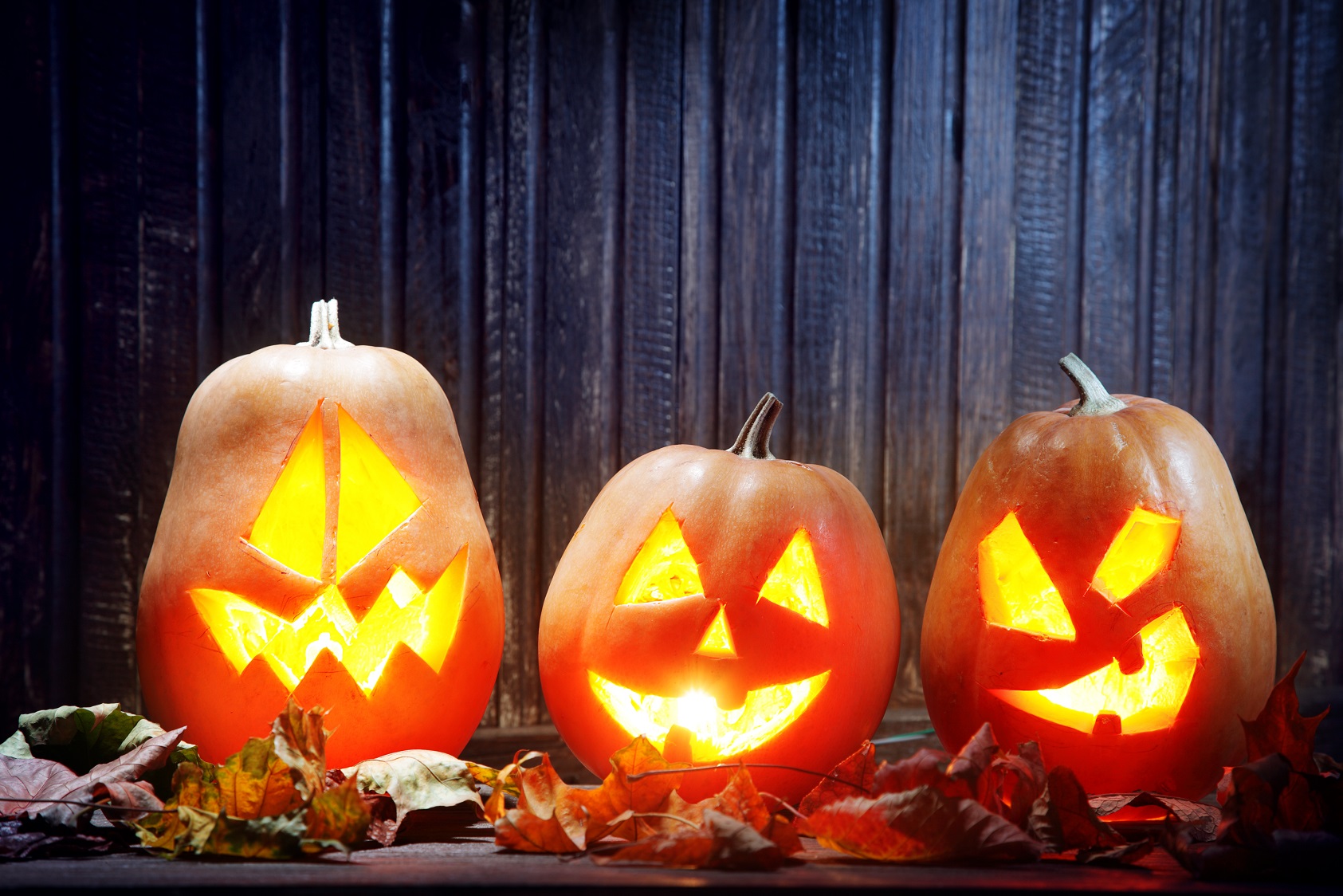Trick or Treat! Americans to Spend $7 Billion on Halloween
Halloween spending is down from last year but not because Americans have less capital.
Holidays are a time for celebration, and celebration is a time for gatherings over meals, gifts and decorations among other things, all of which have one thing in common: they cost money. Americans have historically spent more money on and around holidays in comparison to other days of the year. This money is consequently injected into the economy, promoting economic growth and market stability.
The stock market, also known as the barometer for economic growth, can be used to explain the slight decrease in Halloween spending this year. On October 1, 2014, the S&P 500 was at 1,972 points, the NASDAQ was at 2,293, and the DJIA was at 17,042. On October 8th 2014, the stock market saw its best day of the year, with the S&P, NASDAQ, and DOW all increasing and projections were made that more growth was to come as the year end approached. This was convenient for Halloween enthusiasts who justified their Halloween spending with increased dividends and stock value. On September 25th 2015, the S&P closed at 1,931, the NASDAQ closed at 4,687, and the DJIA closed at 16,315. In comparison to last year’s market, the stock market appears to be down about 1,000 points across the board. The slight decrease in the stock market offers a simple explanation to the decrease in spending. However, there are many factors that go into consumer spending, some of which are explored below. As stated before, holidays stimulate consumer spending which in turn, promotes economic growth. Therefore, the real question is, how beneficial is this growth, both in the short and long term.
Even though Halloween spending is projected to decrease from 2014, the holiday is still expected to bring in 7 billion dollars. In addition to this cash injection, the Halloween season also employs workers, decreasing unemployment, and allows some companies to expand their product lines for a short time. For example, textile companies can produce costumes, farmers can harvest pumpkins, and food companies can sell spooky candy. With added products, companies are sure to generate more revenue. America’s GDP will increase during this time as well, as it is the most revenue-generating part of the year for candy and costume makers. These short term benefits will temporarily decrease unemployment and jump start economic activity, and increase GDP, all seemingly positive things for the economy.
If American’s are being financially responsible, they will start budgeting for Halloween spending in the months leading up to the holiday or curb their spending in the following months. This will decrease economic growth, slow down GDP, and could lead to lay-offs in the preceding and following months. Consumers with low fixed end-of-year holiday budgets may opt to spend a greater percent of their budget on Halloween, since it is a relatively cheap holiday to enhance, and spend less of their budget on Thanksgiving and Christmas (in terms of proportion, not dollar amount). This could mislead economic predictions and upset estimates for high spending over Thanksgiving and Christmas, causing companies to exaggerate forecasts, which will have negative effects on the stock market and economy. This theory promotes that the positive short term benefits will be cancelled out by negative long term effects. As American’s have seen time and time again, the market always finds its way back to stabilization, eventually.
As we head into the holiday season, consumers should be feeling fairly confident. America’s GDP rose substantially in the third quarter and is expected to have another big jump in the fourth quarter due to the holiday craze. The unemployment rate is down almost a full percent from last fall, gas prices are down about a dollar from last year, and American’s are getting excited about the 2016 Presidential Election. Despite a slight drop in the stock market, it’s safe to say that Americans should feel confident about the state of the economy. As presented above, consumers may spend more money on Halloween than the remaining holidays because it tends to be cheaper to enhance. On the other side of this theory, consumers may choose to spend less on Halloween, in order to spend more on Thanksgiving and Christmas, which are typically more expensive to enhance. This theory further implies that consumers have a higher cash reserve in comparison to last year and are preparing to spend more on the bigger holidays, dollar and proportion wise, than in 2014. In short, just because the average per person’s Halloween spending is down from last year, doesn’t mean consumer wallets are empty, it could just mean they are going to spend more on Thanksgiving and Christmas.
The months following the holiday season have historically seen less consumer spending. As Americans recover from high holiday spending and make New Year’s Resolutions to build their bank accounts, the first quarter is always less exciting that its predecessor. In the second quarter we should start to see an upswing in consumer spending as savings accounts begin to have a positive cash flow once again. The Keynesian Theory states that when an individual spends their earnings, they create earnings for someone else. According to this theory, if consumer spending stops or decreases, so will earnings. Therefore, American’s will, or should, continue to spend in order to promote a stable market and economy.

